Recently granted research projects are investigating areas of interest to St. Lawrence River property owners, concerned about invasive species impact, water quality, and shoreline erosion. The grants are administered by the Great Lake Research Consortium that encompasses 18 colleges and universities in New York State and affiliate campuses in Canada.
Investigating an Increasing Invasive’s Impact
The invasive Tubenose Goby is becoming more abundant in the northeastern Lake, Ontario-St. Lawrence River basin.
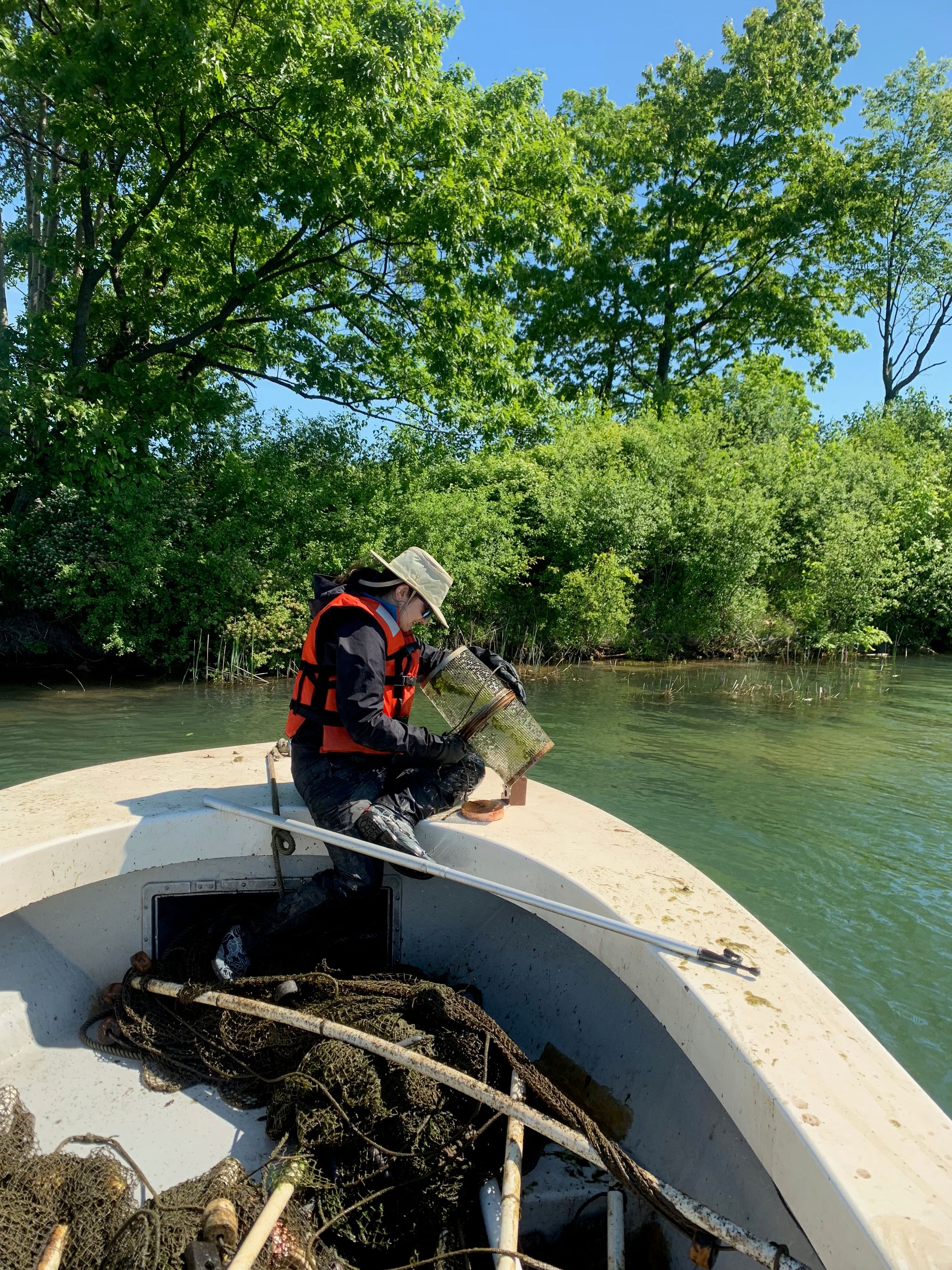
“It is unclear why the Tubenose Goby, a relative of the established invasive species Round Goby is increasing in abundance in the northeastern Lake Ontario-St. Lawrence River basin,” says Roxanne Razavi, Ph.D., an Assistant Professor in the Department of Environmental and Forest Biology at the College of Environmental Science and Forestry (ESF), Syracuse, N.Y.
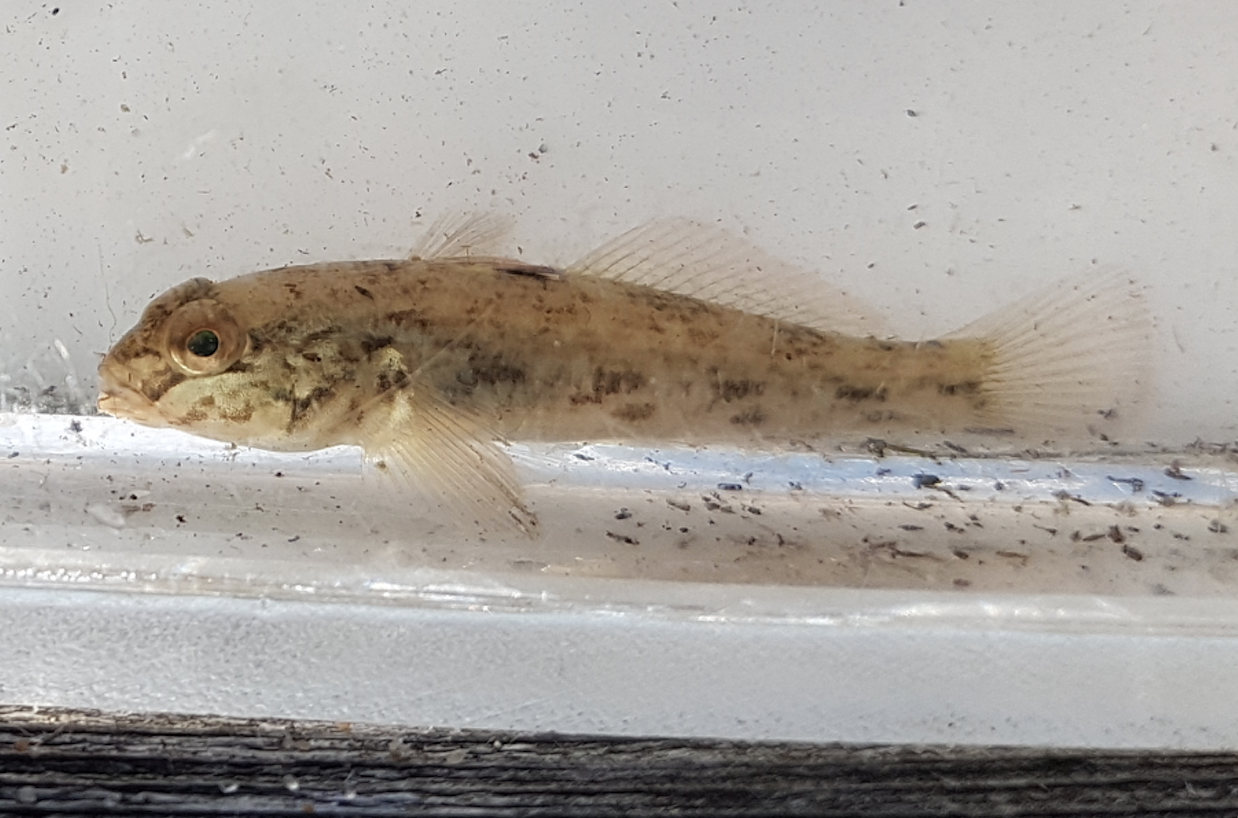
Razavi and her ESF colleague and co-investigator John Farrell, Ph.D., have received a nearly $25,000 grant from the Great Lakes Research Consortium (GLRC) to investigate the potential for the tubenose goby (Proterorhinus semilunaris) to transfer mercury contamination to higher level fishes. Farrell is also Director of the Thousand Islands Biological Station at Clayton, N.Y.
“This research will determine the diet and habitat preferences of both species, evaluate the importance of each species to the diets of predators, and assess each species for its potential to act as a vector of mercury to higher trophic level fishes,” Razavi explains.
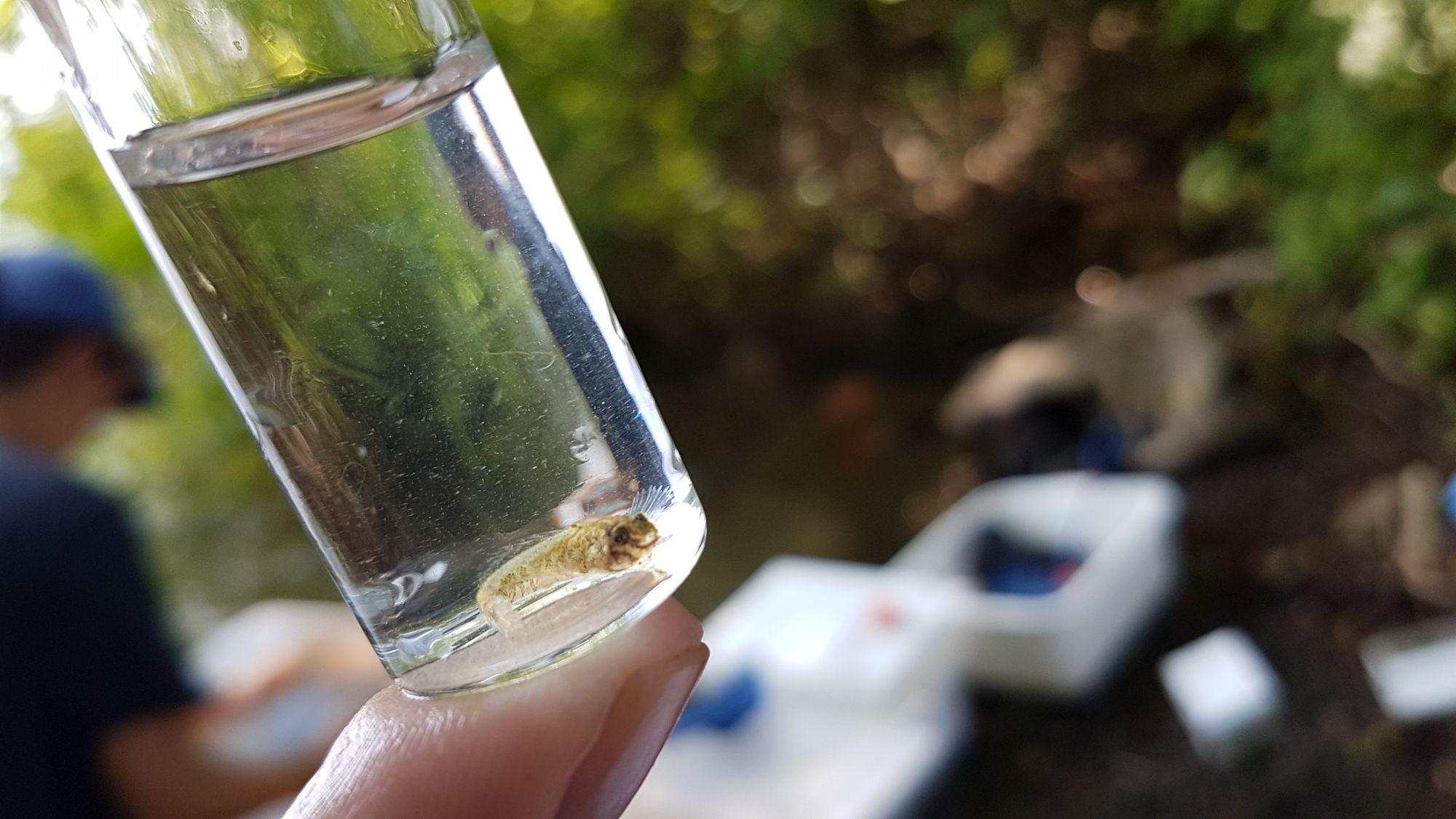
The Tubenose Goby is a small, bottom-dwelling fish native to the Black and Caspian Sea regions. It is believed to have been first identified in North American waters in the late 1980s, in Ontario’s St. Clair River. Its introduction is believed to be via the ballast water of ocean-going ships.
This new research by Dr. Razavi and Dr. Farrell will increase the knowledge available to fisheries managers about how this invasive species will affect the River food web. The use of tubenose goby as a baitfish has already been banned by the Ontario government. Anglers who suspect they have seen tubenose goby should report their observation to a local environmental resources agency.
Methane Release Under Study
Cattails in the freshwater wetlands of the St. Lawrence River have been a research area for several years. To address how eradicating plants, such as cattails, influences the capacity of freshwater wetlands to sequester or release methane, a potent greenhouse gas, the GLRC has provided a $25,000 grant to Rachel Schultz, Ph.D., an Associate Professor in the Department of Environmental Science and Ecology at The College at Brockport, Brockport, N.Y.
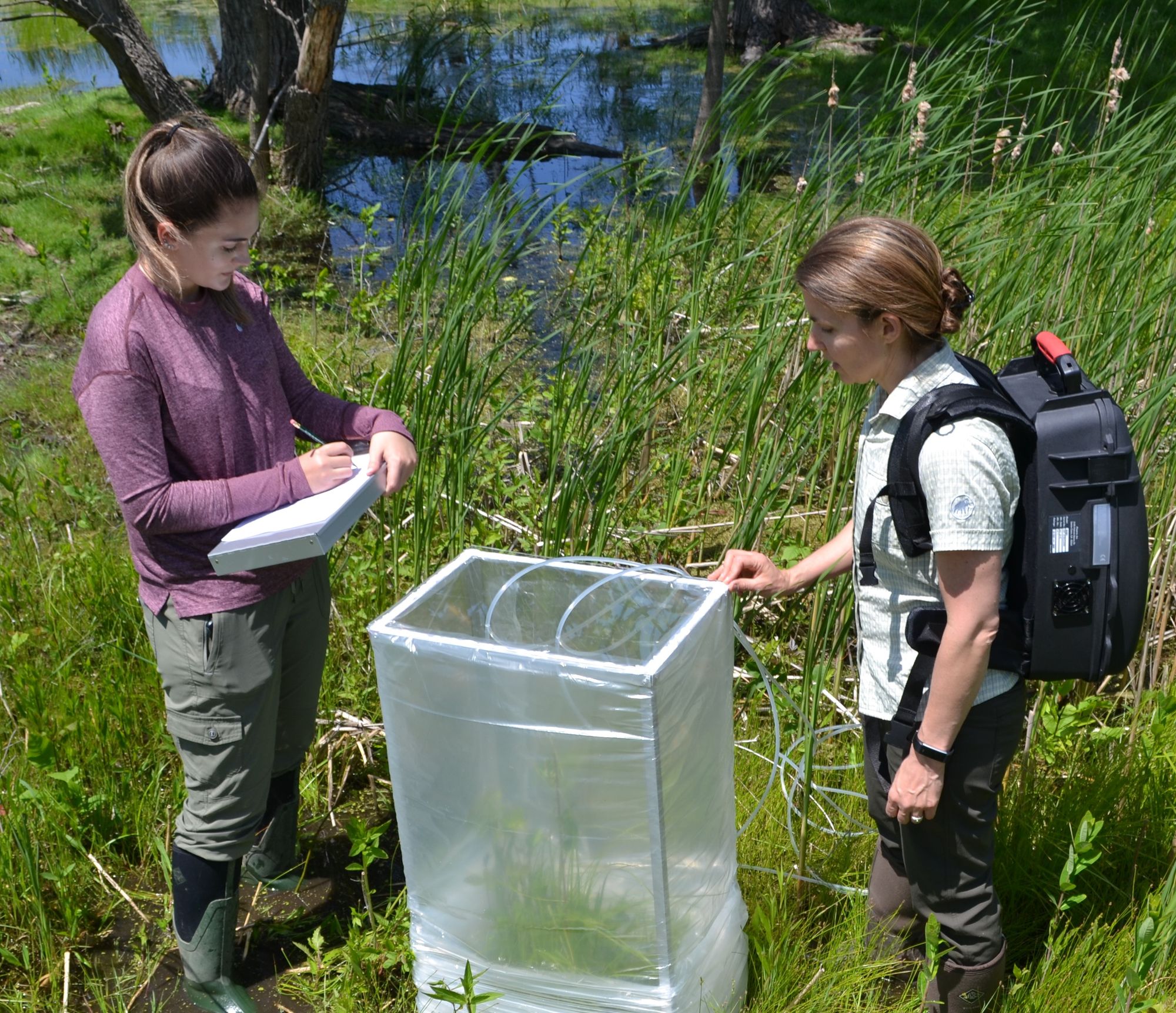
Schultz’s project is using a new mobile technology to sample methane gas emissions from three restored marshes and a meadow marsh not invaded by cattails, and includes measuring belowground environmental conditions to model methane fluxes over time and estimate carbon storage at each site. While this work is being conducted at the Braddock Bay Wildlife Management Area, located west of Rochester, N.Y., the results will have value to researchers studying the ecology of cattail marshes along the St. Lawrence River.
Testing Marine-Based Biopolymers to Protect Shorelines
With a $25,000 GLRC grant, Stony Brook University is testing the use of ecosystem-friendly and cost-effective marine-based biopolymers as a potential technique for increasing shoreline erosion resistance, restoration and protection. With a focus on helping shoreline properties along the Great Lakes, the project aims to develop a new “soft” technique for managing erosion not only locally, but along waterfronts nationally.
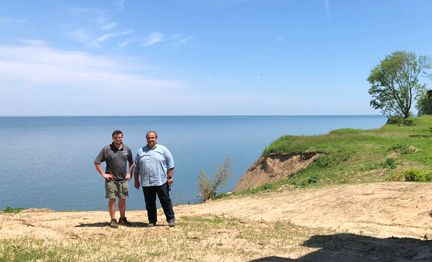
The work led by Sherif L. Abdelaziz, Ph.D., of the Department of Civil Engineering at Stony Brook University, Stony Brook, N.Y., includes laboratory testing and a field demonstration project that will be sited along Lake Ontario in Wayne County, N.Y. An existing soil mixing technique will be used to apply the biopolymer treatment with full-scale performance monitoring over the different seasons of the year.
“We are excited about these projects that are exploring innovative approaches for applying science to critical issues facing the Great Lakes and the Great Lakes communities and economies. The results of these projects will not only benefit the Great Lakes-St. Lawrence River region, but have implications for water bodies far beyond,” said Great Lakes Research Consortium Director Gregory L. Boyer, Ph.D., Syracuse, N.Y.

Funding for the GLRC grants is provided through the New York State Department of Environmental Conservation from the New York State Environmental Protection Fund Ocean and Great Lakes Ecosystem Conservation Act Program. The GLRC is housed at the SUNY College of Environmental Science and Forestry, Syracuse, NY. For more information on each project and on GLRC grants for student research, student travel to conferences and workshops, and student internships, visit www.esf.edu/glrc.
By Kara Lynn Dunn
Kara Lynn Dunn is the publicist for the New York Sea Grant Great Lakes Program and the Great Lakes Research Consortium. She lives in Mannsville, NY, with her husband and photographer, Brian Whattam, who grew up in Three Mile Bay, NY. She earned a journalism degree at the University of Pittsburgh; is a freelance writer, publicist, and designer; and has authored two books on North Country natural and historic sites. Kara vividly recalls childhood camping adventures along the St. Lawrence River with the Village of Mannsville Summer Recreation Program.
We thank Kara for keeping TI Life up-to-date with the many research activities. Be sure to view her previous submissions.
Posted in: Volume 14, Issue 9, September 2019, News article, People
Please click here if you are unable to post your comment.
